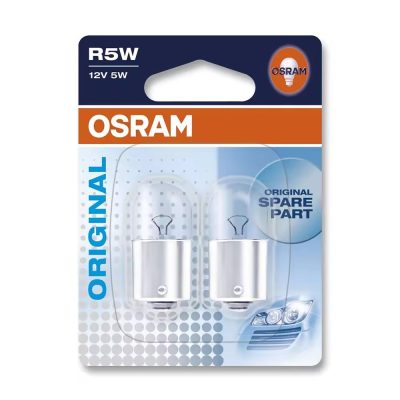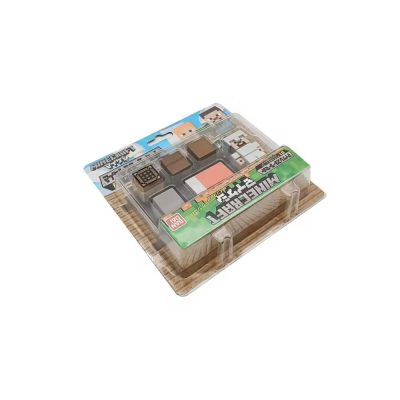In the realm of product packaging, blister card packaging emerges as a dynamic and versatile solution, seamlessly marrying form with function to captivate consumers and safeguard products. This article aims to explore the intricacies of blister card packaging, unraveling its significance, design principles, benefits, and diverse applications across industries.
Unveiling Blister Card Packaging
Blister card packaging is a packaging method that combines a transparent plastic blister with a printed cardboard backing to encase and display products effectively. This innovative packaging technique not only showcases the product but also provides a protective barrier, enhancing its marketability and consumer appeal.
Key Components and Design Principles
Blister card packaging comprises two essential components:
Blister: The blister, made of transparent plastic, holds the product securely and offers visibility to consumers. Custom-designed to fit the product’s shape, the blister ensures a snug fit while protecting it from external elements.
Cardboard Backing: The cardboard backing serves as the backdrop for the product, featuring graphics, branding elements, and product information. Printed with vibrant colors and captivating designs, the backing enhances product visibility and communicates essential details to consumers.
Advantages of Blister Card Packaging
Blister card packaging offers a myriad of benefits:
Product Visibility: The transparent blister allows consumers to see the product, enabling them to assess its features and quality before purchase, thereby influencing buying decisions positively.
Product Protection: The blister provides a protective shield, safeguarding the product from damage, tampering, and contamination during handling, transportation, and display.
Brand Promotion: The cardboard backing serves as a branding platform, enabling manufacturers to showcase their logos, slogans, and product attributes prominently, reinforcing brand identity and consumer loyalty.
Consumer Convenience: Blister card packaging is user-friendly, allowing easy access to the product while maintaining its freshness and integrity. Resealable options further enhance consumer convenience and product longevity.
Applications Across Industries
Blister card packaging finds extensive applications across diverse industries:
Retail: It is commonly used for packaging consumer goods such as electronics, toys, cosmetics, and stationery, enhancing product presentation and attracting consumer attention on retail shelves.
Pharmaceuticals: In the pharmaceutical sector, blister card packaging ensures accurate dosage delivery, tamper resistance, and compliance with regulatory standards, making it ideal for packaging medications, supplements, and healthcare products.
Food and Beverage: Blister card packaging is employed for packaging individual servings of food and beverage items such as candies, mints, chewing gum, and dietary supplements, ensuring product freshness, convenience, and hygiene.
Conclusion
In conclusion, blister card packaging represents a harmonious blend of art and science, offering a compelling combination of product visibility, protection, and brand promotion. Its versatility and effectiveness make it a preferred choice for manufacturers seeking to elevate their products’ presentation and consumer appeal across various industries. As consumer preferences evolve and market trends shift, blister card packaging continues to evolve, adapt, and innovate, remaining a timeless and indispensable packaging solution in the ever-changing landscape of retail and consumer goods.







